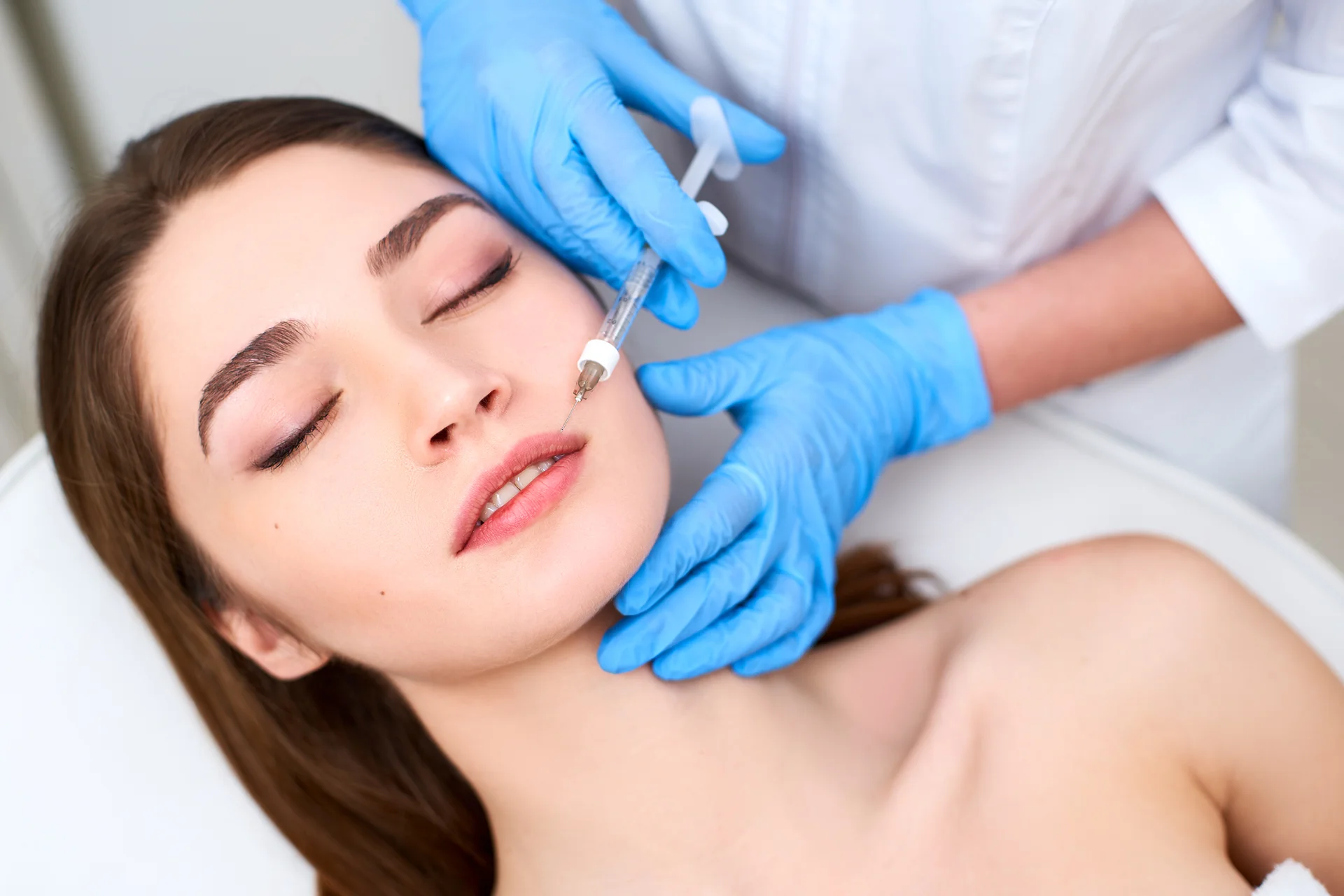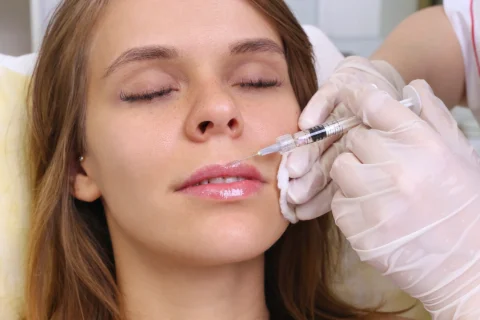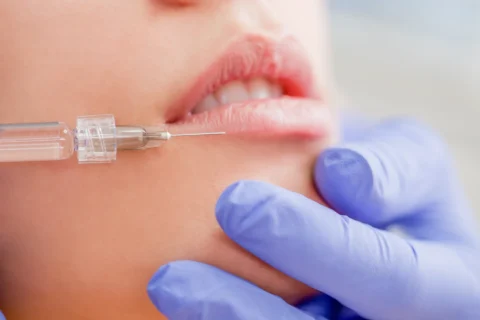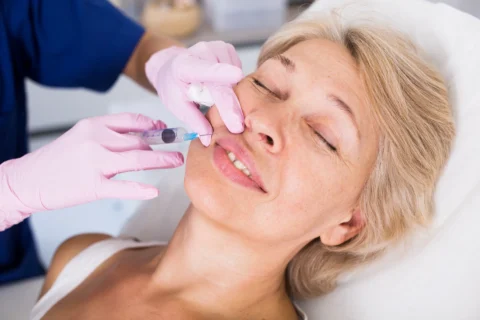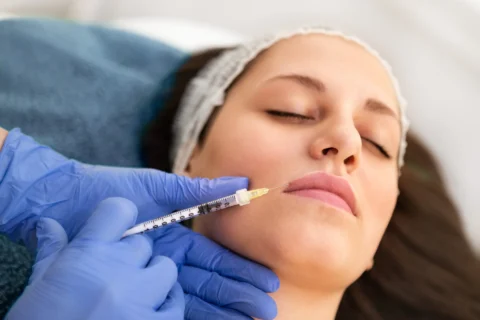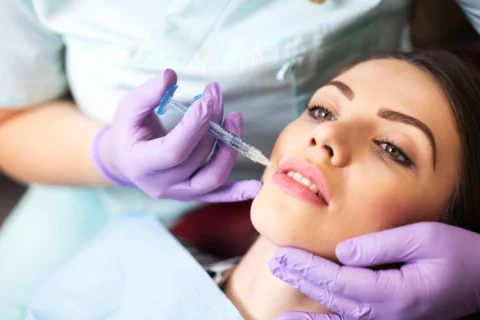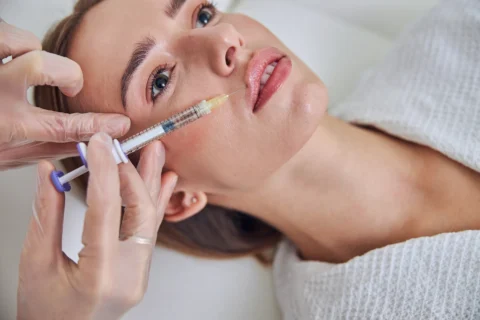You’ve finally decided to treat yourself to that lip filler you’ve always wanted, aiming for those plump and luscious lips you admire in others.
But there’s one concern lingering in the back of your mind: cold sores. You know they’re common, but you may not be aware of how they can relate to lip fillers and what precautions should be taken.
Don’t worry, we’ve got your back! This article will delve into the world of cold sores, their connection to lip fillers, preventative measures, and treatment options.
Understanding the ins and outs of cold sores is essential before undergoing any cosmetic procedure around the mouth area.
In this guide, we’ll walk you through the lip filler process step by step while shedding light on why cold sore outbreaks might occur post-treatment.
Understanding Cold Sores
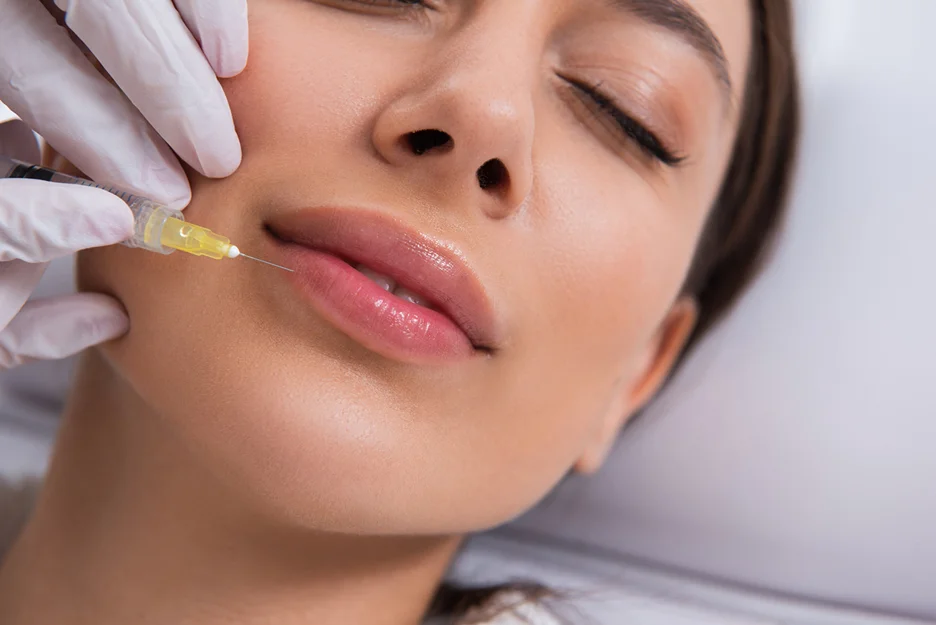
So, you might be wondering what’s the deal with cold sores and why they can pop up after getting lip fillers, right?
Cold sores, also known as fever blisters or herpes simplex virus type 1 (HSV-1), are small, painful blisters that typically appear around your mouth. They’re caused by a contagious virus that can be easily spread through close personal contact or sharing items like towels or utensils. Most people contract the virus during childhood, and once you have it, it stays in your body for life.
The virus lies dormant in nerve cells and can reactivate at any time due to various triggers such as stress, illness, hormonal changes, or even skin trauma.
Now let’s talk about how lip fillers come into play. When you get lip fillers, a needle is used to inject a substance (usually hyaluronic acid) into your lips to enhance their shape and volume. This procedure can cause some degree of trauma to the skin and underlying tissues which may trigger the reactivation of HSV-1 in some individuals who already carry the virus.
As a result, cold sores may develop shortly after receiving lip filler injections. It’s important to inform your practitioner if you have a history of cold sores before undergoing any cosmetic procedures involving needles near your mouth area – they might prescribe antiviral medication beforehand to help prevent an outbreak from occurring post-treatment.
Achieving the Perfect Pout Choosing the Lip Filler That’s Right for You
Want to pump up the volume of your pucker? Lip fillers offer a desirable and minimally invasive solution to help you achieve fuller, shapelier lips and enhance your natural beauty.
With a range of options available, from hyaluronic acid to fat transfers, selecting the appropriate filler involves finding the perfect blend of substance and style tailored to your desires and facial contours.
While side effects are typically minor, it’s critical to understand the pros, cons, and potential risks of each alternative before embracing this beauty booster.
Temporary fillers, like hyaluronic acid (e.g. Restylane and Juvederm), provide subtle volume that softens facial lines and lasts 6-18 months. For more permanent enhancement, fat transfers use your own fat cells to create natural-looking fullness that lasts for years.
Calcium hydroxylapatite (e.g. Radiesse) stimulates collagen production for lip augmentation that spans 12-18 months.
Whatever your choice, your doctor will thoughtfully evaluate your lip shape and facial features to recommend the filler formula that will yield stunning yet natural-looking results. With the proper preparation and aftercare, you’ll be well on your way to gaining a gorgeously rounded grin and sustained satisfaction from your newly enhanced lips.
Common Types of Fillers
You might be curious about the common types of fillers used for lip enhancements, and it’s essential to understand the potential risks and benefits associated with each. There are several popular options, including hyaluronic acid-based fillers, calcium hydroxylapatite fillers, and poly-L-lactic acid fillers. Each filler has unique properties that can impact the final result, so it’s crucial to consult with your practitioner to determine which one is best suited for your desired outcome.
Here is a quick comparison of three commonly used lip fillers:
| Filler Type | Pros | Cons |
| Hyaluronic Acid Fillers | Natural substance; reversible; low risk | May require multiple treatments |
| Calcium Hydroxylapatite | Long-lasting; stimulates collagen production | Higher risk of complications |
| Poly-L-lactic Acid Fillers | Long-lasting; stimulates collagen production | Requires multiple treatments; higher risk |
While these common types of lip fillers all have their advantages and disadvantages, it’s important to remember that individual experiences may vary. Always consult with a certified professional before undergoing any cosmetic procedure to ensure you’re making an informed decision based on your specific needs and goals.
Risks and Side Effects
It’s crucial to be aware of the potential risks and side effects involved with lip fillers, as they can sometimes lead to unexpected complications or dissatisfaction with the results. Although many people achieve their desired outcome without any issues, it’s essential to have a clear understanding of what could go wrong to make an informed decision about whether lip fillers are right for you.
Some common risks and side effects associated with lip fillers include:
- Swelling and bruising: It’s normal for some swelling and bruising to occur after the procedure. This usually subsides within a week, but it can vary depending on the individual.
- Asymmetry: Uneven distribution of filler can result in asymmetrical lips. A skilled practitioner should minimize this risk, but there’s still a chance that your lips might not look perfectly balanced after the treatment.
- Infection: While rare, infections can occur from bacteria entering the injection site. Make sure your provider uses sterile equipment and follows proper hygiene protocols.
- Cold sores: If you’re prone to cold sores, getting lip fillers may trigger an outbreak. Discuss this possibility with your provider before going ahead with the procedure.
By being aware of these potential concerns and discussing them openly with your practitioner, you’ll be better prepared to handle any complications that may arise while also increasing your chances of achieving satisfactory results from your lip filler treatment.
The Connection Between Lip Fillers and Cold Sores
Imagine the frustration when those pesky cold sores appear after getting your dream lip filler treatment, leaving you feeling self-conscious and disappointed. The connection between lip fillers and cold sores lies in the fact that both can be triggered by trauma to the lips. When you undergo a lip filler procedure, needles are used to inject the filler material into your lips, which may inadvertently activate the herpes simplex virus (HSV-1) that causes cold sores.
To better understand this connection, let’s examine how HSV-1 works and what precautions you can take before and after your lip filler appointment:
| HSV-1 Mechanism | Cold Sores & Lip Fillers | Precautions |
| HSV-1 remains dormant in nerve cells until activated. | Trauma from needle injections during lip fillers can trigger its activation. | Inform your practitioner about any history of cold sores before the procedure. |
| Stress or weakened immune system can also reactivate HSV-1. | Increased stress levels post-treatment may contribute to a higher risk of developing cold sores. | Take steps to manage stress and maintain a healthy lifestyle after treatment. |
| Antiviral medications can help prevent outbreaks or minimize symptoms. | Your practitioner may prescribe antiviral medication prior to your procedure if necessary. | Follow their instructions regarding medication usage carefully for optimal results. |
| Avoid direct contact with others who have active cold sore outbreaks. | Be cautious not to share personal items like makeup or utensils with someone experiencing an outbreak. | Maintain good hygiene practices and avoid touching your lips unnecessarily after treatment. |
Preventative Measures and Precautions
Now that we’ve established the link between lip fillers and cold sores, it’s important to focus on preventative measures and precautions you can take to minimize your risk of experiencing an outbreak.
By taking some simple steps before and after your treatment, you can help ensure a smoother recovery process while also protecting yourself from potential cold sore flare-ups.
First, inform your practitioner about any history of cold sores or herpes simplex virus (HSV) prior to getting lip fillers. They may recommend taking antiviral medication before the procedure as a prophylactic measure. This can significantly reduce the likelihood of triggering a cold sore outbreak.
Maintaining good oral hygiene and avoiding direct sunlight exposure on your lips will further decrease the risk. Post-treatment care is crucial. Follow your practitioner’s instructions carefully regarding aftercare, including using ice packs for swelling reduction and applying topical treatments if necessary.
Moreover, keep stress levels in check since stress can weaken the immune system and trigger HSV outbreaks. By being proactive with these precautions, you’ll be well-prepared for a successful lip filler experience without having to worry about pesky cold sores getting in the way of flaunting those plump lips!
Treating Cold Sores After Lip Filler
Despite taking all the precautions, if you’re faced with an unwelcome outbreak post-lip enhancement, don’t panic – there are effective ways to treat and soothe those pesky blisters.
First things first: reach out to your practitioner or dermatologist to inform them of the situation and seek their professional advice. They may prescribe an antiviral medication like acyclovir or valacyclovir, which can help reduce the duration and severity of the cold sore outbreak.
In addition, over-the-counter creams containing docosanol may be recommended for topical application to alleviate discomfort.
While waiting for medical treatment to take effect, focus on self-care measures that can make you feel more comfortable: keep your lips moisturized with a gentle lip balm (preferably one without fragrances), avoid salty or acidic foods that might irritate the sore area, drink plenty of water to stay hydrated, and resist the urge to touch or pick at your cold sores – this will only exacerbate inflammation and risk spreading the virus further.
Remember that cold sores usually resolve within 7-10 days. In the meantime, be patient and know that this too shall pass!
Conclusion
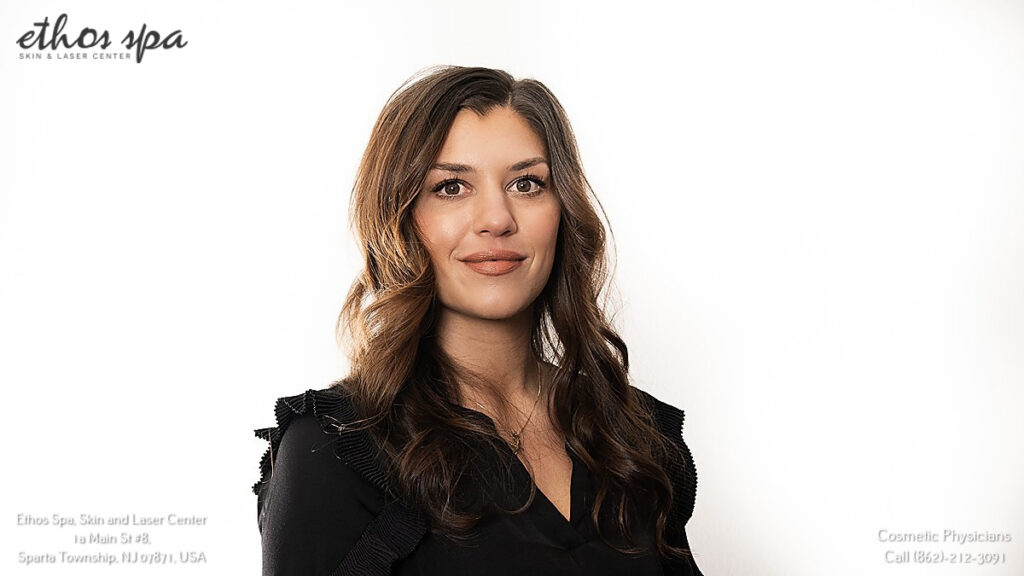
By taking preventative measures and precautions, you can minimize the risk of experiencing an outbreak after your procedure.
If you do happen to develop a cold sore post-treatment, don’t panic. Reach out to your healthcare provider for advice on proper treatment options and remember that this is a temporary setback in achieving the desired results from your lip filler journey.

